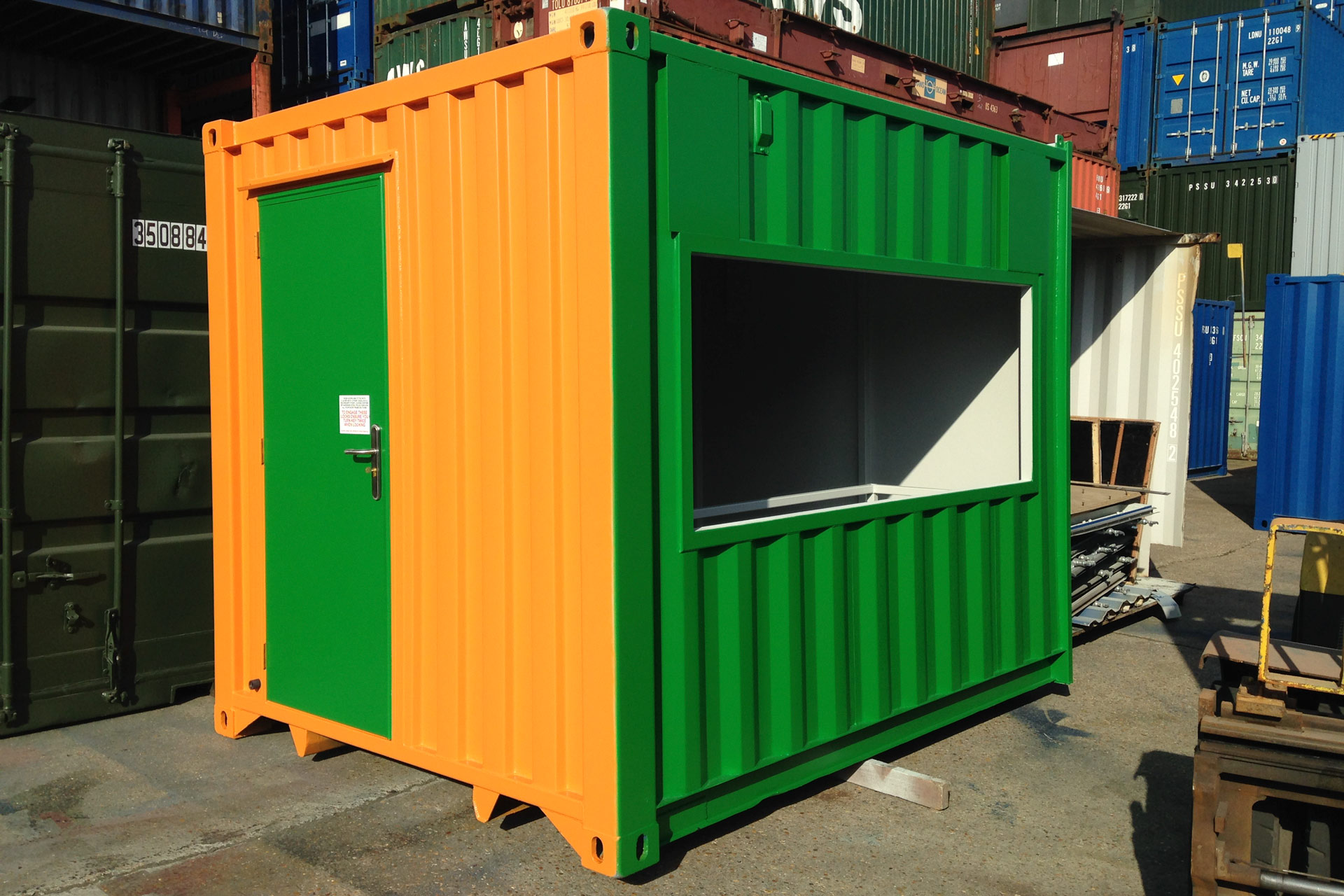Some of the most fascinating converted shipping containers are either galleries for art, art installations themselves or a combination of the two, and many of these have truly fascinating stories behind them which highlight how important the container is to the modern world.
Here are just a few examples of how the art world and the shipping container world have come together.
Shipping Container Art As Protest
One of the most fascinating examples of shipping container art is a very special case. This is in part because technically it is not a shipping container conversion, and in part, because its very existence is a protest in support of sustainable building materials.
CC4441, constructed by Tomokazu Hayakawa Architects, was initially planned to be a two-floor shipping container art studio and gallery based in Taito City, Toyko, Japan.
However, Japanese building regulations do not allow for buildings to be made with materials other than approved Japanese Industrial Standards (JIS) materials.
This meant that, unlike most shipping container buildings, the container itself cannot be the main permanent structure of the building, which led to a bit of lateral thinking.
In the end, the architects and Tomukazu Hayakawa decided to create a wood frame that was the exact size and dimensions of the shipping container and use the container as a skin around it, which makes it legal despite looking identical.
The building serves as both a hope for sustainable building materials and a protest against the legislation that inadvertently has stopped container conversions from becoming more widespread.
Presenting Uncomfortable Truths
One of the most successful and most shocking art exhibitions using shipping containers was The Journey, which first appeared in Trafalgar Square in 2007, with proceeds going to the Helen Bamber Foundation.
It was made up of seven individually designed containers that tell the story of a woman sold into slavery and took advantage of the portability of shipping containers to allow for the art and its message to appear in the centre of one of the busiest public squares in one of the busiest cities in the world.
As well as the ability for the installation to travel around major cities, the installation serves not only as a container of art pieces but also as the canvas to works of art, creating multidimensional pieces that are difficult to achieve using other materials.
A V-Shaped Solution
The University of California, Santa Barbara wanted to add more creative spaces for students, and so naturally turned towards the shipping container as a versatile art studio solution, as many artists have.
However, there was a concern that it would feel like a creative space and more like working in a corridor, but to solve this the university joined the containers together in a v-shape that helped turn the containers into a unique workspace that was comfortable and easy to work in.

